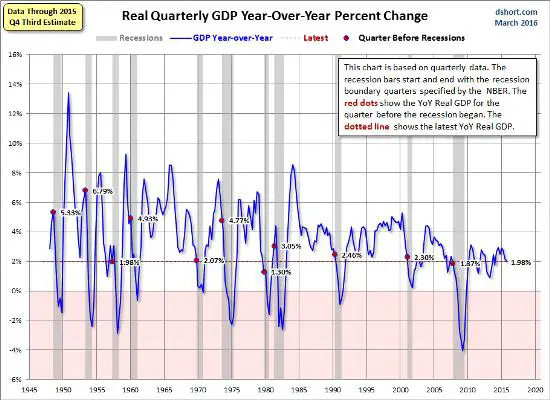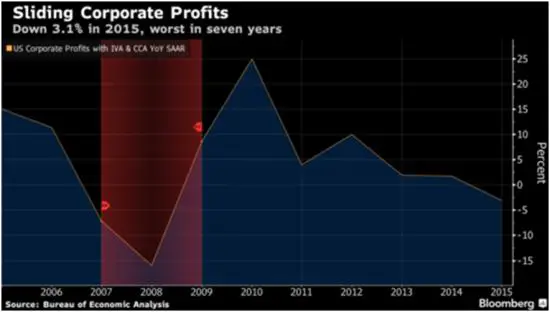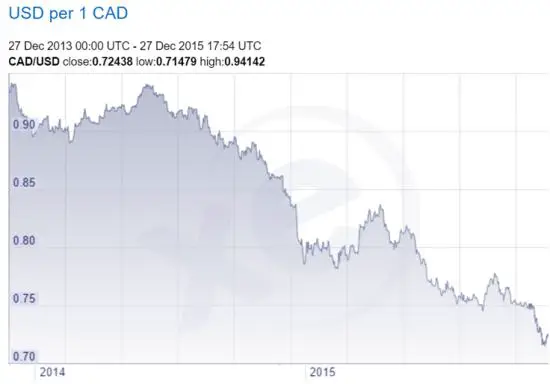Here, from 2012, is a representative warning from gold mining eminence grise Jim Sinclair:
My Dear Extended Family,
In bankruptcy of your bank, broker or fund, you can find your assets in the majority of cases are backing the liabilities of the entity in front of yourselves. This is why you must act to protect yourself.
No one in this financial world is going to do it for you, and few will have the courage to recommend you escape Street Name. You can wake up one day and find out that your investments are gone.
The insurance programs will function as long as the incidents of bankruptcy are isolated events.
In a systemic collapse the insurance funds are not capitalized to meet the potential obligations. The guarantor you are relying on will have to be bailed out.
For securities there are only three ways to hold them:
1. Street name.
2. Direct registration.
3. Certificate form.Anyone advising you to stay with the Street Name option is a babbling idiot not interested at all in your welfare.
In street name the inferred ownership is the broker or bank, not you. In Direct Registrationand Certificate form, the distinct ownership is you.
In 99.9% of the cases of retirement accounts the answer is you are in Street Name.
How are your securities held? Do you even know? I dare you to ask!
Do you know what your broker’s capital ratio is? Find out as that number is the order of magnitude at which your broker is gambling on with primarily your money. I dare you to ask.
…click on the above link to read the rest of the article…













